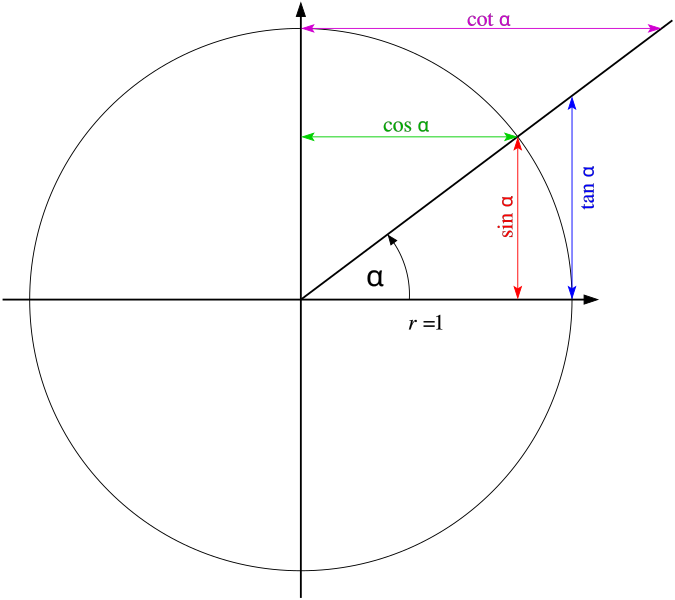Fishlore
Tank
- Joined
- Jan 21, 2004
- Messages
- 1,270
- Reaction score
- 1
I'm writing a computer program. Let's say I have a two dimensional spaceship in a two dimensional (X,Y) grid. It is probably moving and a pilot is probably trying to control it.
Two questions... What spaceship variables do I need to keep track of in order to predict its future position? Using these variables, what equations do I need to solve to predict the spacecraft's position in 1/32 of a second in the future?
For question 1, I figure I'll need at least the following variables...
current (X,Y)
mass
velocity
angle of velocity
thrust
angle of thrust
anything else? maybe length of time thrusting?
For question 2, what equations do I plug those values into in order to get the new (X,Y), or the change in current (X,Y)?
Is there a place online to learn about this stuff? Can anyone here help me? Any help would be appreciated.
Thanks in advance.
Two questions... What spaceship variables do I need to keep track of in order to predict its future position? Using these variables, what equations do I need to solve to predict the spacecraft's position in 1/32 of a second in the future?
For question 1, I figure I'll need at least the following variables...
current (X,Y)
mass
velocity
angle of velocity
thrust
angle of thrust
anything else? maybe length of time thrusting?
For question 2, what equations do I plug those values into in order to get the new (X,Y), or the change in current (X,Y)?
Is there a place online to learn about this stuff? Can anyone here help me? Any help would be appreciated.
Thanks in advance.

